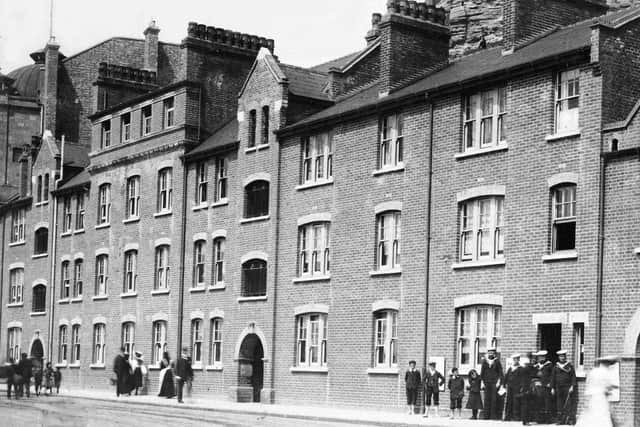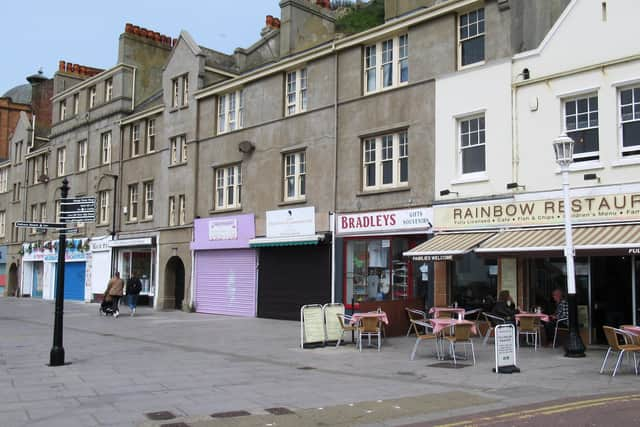Remembering the time when Hastings was a centre for smuggling
and live on Freeview channel 276
He writes: HM Coastguard is celebrating its 200th birthday this year and Hastings was an important regional station during the service’s early years of fighting smuggling.
When smugglers were most active, in the 1820s, there were stations of armed Coastguards at Fairlight Cove, Fairlight Head, Ecclesbourne Glen and two in Hastings, one on the seafront where Robertson Terrace is today, and the other at Marine Parade.
Advertisement
Hide AdAdvertisement
Hide AdEast Sussex, being close to France, witnessed smuggling more than anywhere, and there were numerous violent conflicts on the beaches and inland, with fatal casualties on both sides.


Changes in the excise laws in the early 1830s made smuggling less profitable, and it gradually died out.
During Queen Victoria’s reign Coastguards devoted most of their time to saving lives in the increasing number of shipwrecks. The oldest surviving Coastguard station in the Hastings area is what is now the small terrace called Priory Houses overlooking the sea at St Michaels Place, on White Rock. This was built in 1834 to replace the station on the seafront, which was demolished as part of the America Ground clearance.
The Marine Parade station was the local headquarters of the Coastguard. It was built as a military base for the battery of cannons on the seafront opposite the end of West Street in 1760 due to fears of a French invasion. The cannons were never fired in anger, but their fortified surrounding wall provided a valuable shelter from gales for the fishing boats and traders that used the beach to the east.
Advertisement
Hide AdAdvertisement
Hide AdThe late 1890s and early 1900s saw a national reorganisation of the Coastguard, involving closing some stations and rebuilding others. The Fairlight Cove, Ecclesbourne Glen and St Michaels Place stations were closed and sold, but Marine Parade and Fairlight Head were rebuilt.


The 1760 Marine Parade building was demolished in 1899 and a big new station was built, opening in June 1900. The photo shows the station a few years later, with five Coastguards standing outside.
To the right was the boat store, now the Rainbow Restaurant, while above it was the watchroom. Behind the boat store were kept arms and ammunition, including revolvers and cutlasses. There were flats for 14 Coastguards.
In 1927 the Marine Parade station closed and the west end of Marine Parade, between Pelham Place and George Street, was renamed Sturdee Place by Hastings Council, after Admiral Sir Doveton Sturdee (1859-1925), commander of the fleet which won the Battle of the Falkland Islands in December 1914. The ground floor of the station was converted into the line of shops and cafes we see today. Fairlight Coastguard station became the Hastings area headquarters.